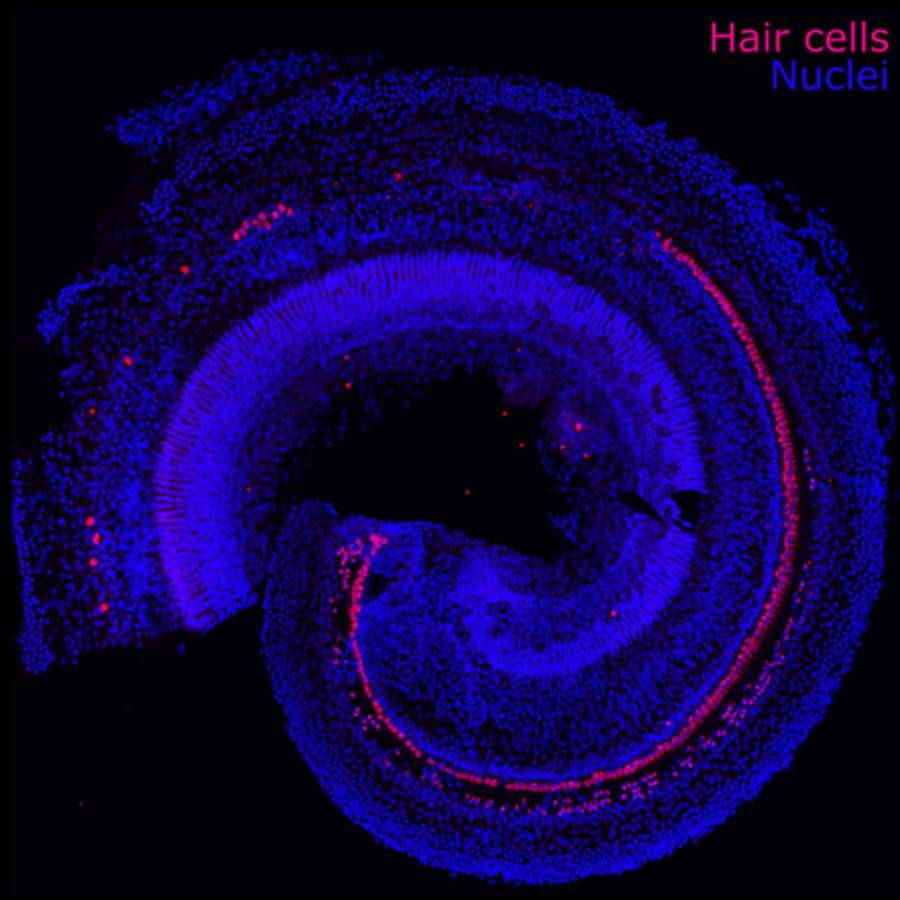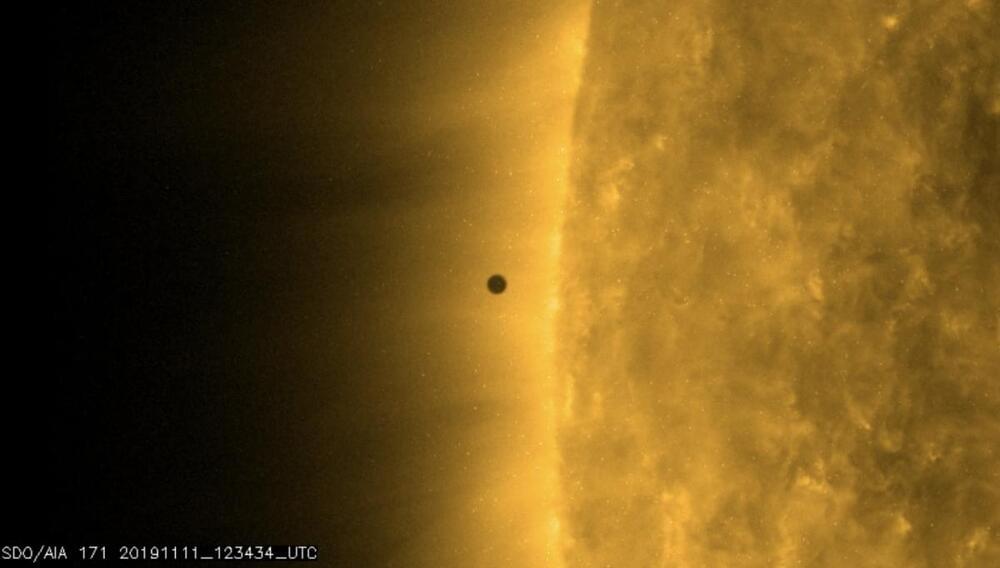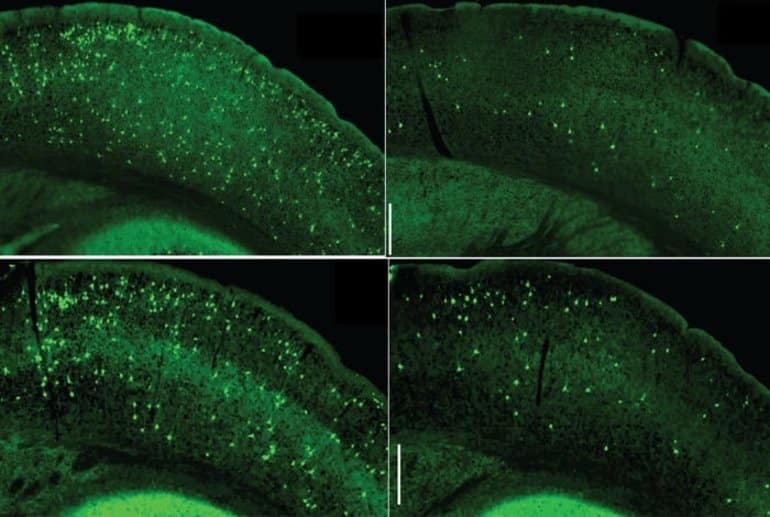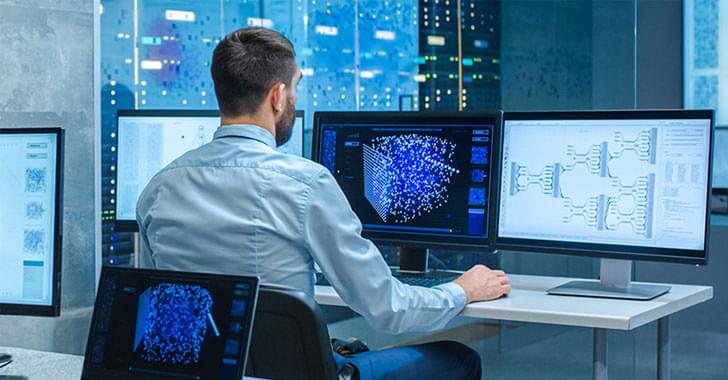Apr 16, 2022
Scientists Develop a Technology That Reverses Hearing Loss
Posted by Kelvin Dafiaghor in categories: biotech/medical, life extension
Founded by MIT scientists, the clinical-stage biotech company Frequency Therapeutics discovered a way to reverse hearing loss without hearing aids or implants. Focusing on progenitor cells (which reside in the inner ear and turn into hair cells when humans are in utero, before going dormant) the company injects small molecules into the cochlea, which transform these cells into hair cells that help us hear. During their 200-person trial, the company saw meaningful improvement in patients’ hearing, with some reporting improved speech perception after a single injection that lasted nearly two years. “I wouldn’t be surprised if, in 10 or 15 years, because of the resources being put into this space and the incredible science being done, we can get to the point where [reversing hearing loss] would be similar to Lasik surgery, where you’re in and out in an hour or two,” says Harvard-MIT Health Sciences and Technology affiliate faculty member Jeff Karp. While the drug still needs to undergo further testing, the breakthrough is a hopeful milestone for the field of regenerative medicine. Read more about it at SciTechDaily.


















